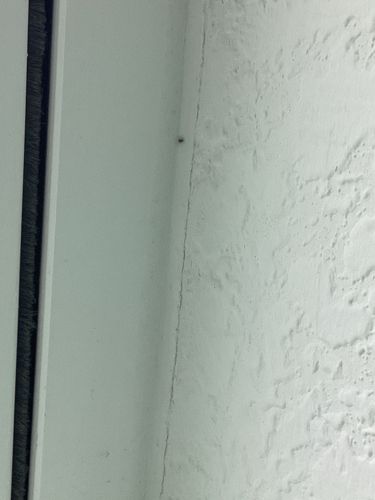Common House Spider
Scientific Name: Parasteatoda tepidariorum
Order & Family: Araneae, Theridiidae
Size: Females typically 5-8 mm (body length), males 3.5-5 mm. Leg span can be significantly larger.

Natural Habitat
Commonly found indoors in human dwellings (corners, attics, basements, closets, window frames), but also outdoors in protected areas.
Diet & Feeding
Insectivorous. Eats a wide variety of small insects and other arthropods that get caught in its web, such as flies, mosquitoes, ants, and sometimes other spiders.
Behavior Patterns
Known for building irregular, tangled, 'messy' webs, often in corners or secluded spots. They are generally sedentary, waiting for prey to get ensnared. Females lay eggs in a spherical sac, which they typically suspend within the web. They are nocturnal and reclusive.
Risks & Benefits
Potential Risks: Generally considered harmless to humans. Their bite is rare and typically only occurs if they feel threatened or are squeezed. The venom is mild and usually causes only localized pain, redness, and swelling, similar to a bee sting. Allergic reactions are possible but uncommon. Benefits: They are beneficial as natural pest control, preying on various common household pests like flies, mosquitoes, and other nuisance insects.
Identified on: 9/7/2025